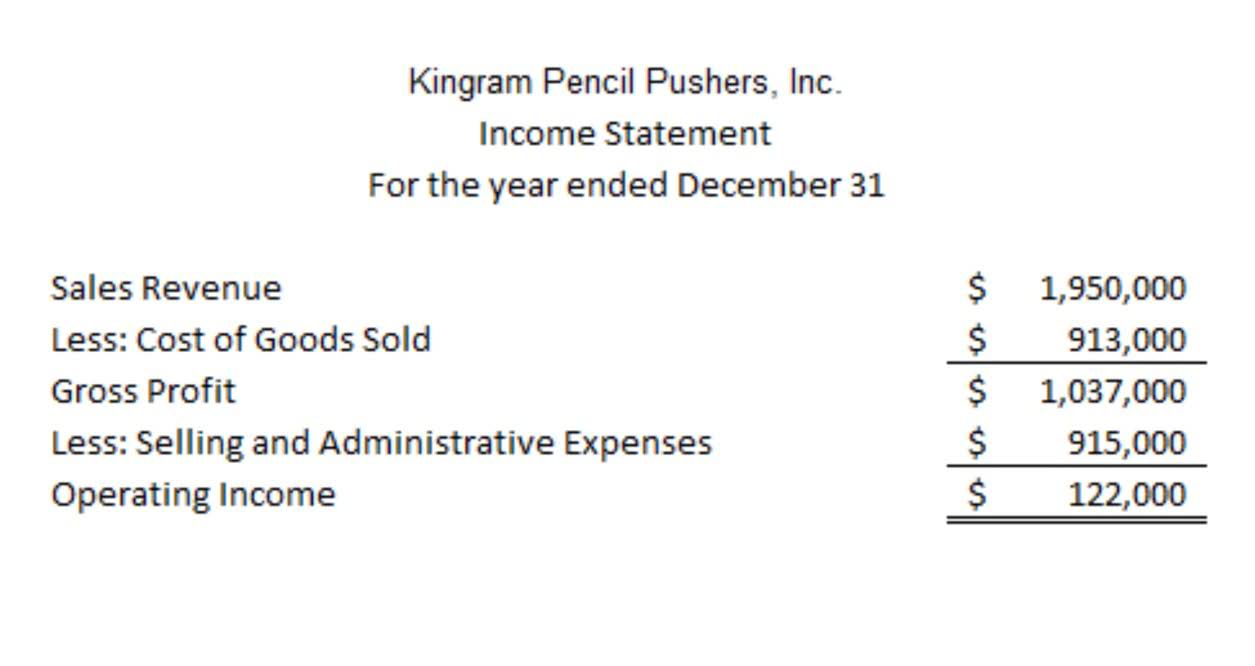施工実績

How to calculate overtime pay in 7 steps examples included
2021.06.22
It offers practical information concerning the subject matter and is provided with the understanding that ADP is not rendering legal or tax advice or other professional services. For additional help understanding overtime rules, check out Paycor’s Department of Labor solution page, which offers you peace of mind by providing everything you need in one place. Get access to Paycor’s overtime resources, including an overtime calculator.
Who Can Receive Overtime Pay?
- Many executives simply do not understand, or refuse to recognize, the requirements of the law.
- Certain employees who earn a salary that exceeds the Department of Labor threshold and work in certain professions – such as administrative, professional, computer or outside sales capacities – may be exempt from the FLSA.
- Examples of noncompensable activities are waiting in line to punch a time clock, changing clothes or washing up for the employees’ convenience, and waiting in line for paychecks.
- This extra time is typically compensated at a higher rate than the standard pay, commonly at time-and-a-half, or 1.5 times the regular hourly rate.
- It houses all overtime rates, both federal and state, and will automatically calculate employee paychecks based on the time worked.
The most common exemptions include executive, administrative, professional, outside sales or computer-related jobs. When it comes to holiday pay, there isn’t any federal legislation governing it. Legally, if you work on Saturdays, Sundays, or holidays, you’re not entitled to receive special compensation. With that said, it’s commonpractice among most employers to provide additional pay on these occasions as a way to motivate and maintain the satisfaction of their workers.

Employees exempt from overtime
Overtime pay for remote employees follows the same rules as in-office workers. However, you need to pay close attention to state laws, which may require overtime pay at different rates or different calculations than federal law or the state law where your business is located. Remember, you need to pay overtime rates per the law where your https://www.bookstime.com/ employees do the work, so if they’re working remotely, it’s their home state’s laws that apply.
- If an employer wants to use a basic rate other than one of the authorized rates set forth in 29 C.F.R. §548.3, prior approval is required from the DOL.
- Under federal law, an employee only receives time-and-a-half or overtime pay on a holiday if the hours worked that day exceed 40 for the workweek.
- For example, you may be bumped up to a higher tax bracket if you work a lot of overtime, but remember, only the extra earnings that fall within the higher bracket are taxed with the higher rate, not all your earnings.
- The calculation of both non-discretionary and discretionary bonuses and holiday pay depends on when they are given and to which pay period they are allocated.
- Start by gathering the hourly rates for all your hourly employees.
How to calculate your total pay with overtime?
- Overtime pay for remote employees follows the same rules as in-office workers.
- Employers are not required to include holiday and vacation pay in their calculation of the regular rate when no work is performed due to the vacation or holiday.
- As of January 2020, salaried employees who earn over $684 per week, or $35,568 annually, may be exempt from overtime requirements.
- The technology used in calculating overtime may be as simple as the technology available when the FLSA was enacted in 1938—paper and pencil.
Once you have the pay for the hours worked (including overtime), add the additional compensation, such as bonuses or commissions. If you need help with other payroll calculations, check out our guide on how to calculate payroll. For anyone falling under the FLSA, which defines overtime pay for the nation, you must count hours over 40 in a workweek, even assets = liabilities + equity if your state has a higher threshold.

How is overtime calculated when dealing with income like commission payments and nondiscretionary bonuses? The calculation of both non-discretionary and discretionary bonuses and holiday pay depends on when they are given and to which pay period they are allocated. Multiply the overtime pay rate by the number of hours worked overtime. If the person in our example worked 10 hours overtime, they would have an additional $100 added to their paycheck.


The rate of overtime must be at least 1.5 times the amount of the hourly pay rate. So if your employee is usually paid $20 per hour, they will be paid $30 per hour for every hour worked exceeding their normal 40-hour work week. You cannot avoid paying overtime pay if your workers exceed the maximum 40 hours in a work week. Some states also have rules about the number of hours one can work in a day. For example, if an employee works more than 8 hours in a day, then they are eligible for overtime pay for that day, even if they work only 40 hours to get their weekly salary. While the FSLA sets out its guidelines, the State rules must be adhered to.
Hourly employees with multiple pay rates
Any agreement that purports to do so will likely be viewed as unenforceable. Some employees might work different shifts with different rates of pay—or they might even have two different positions with two different rates. Hours Worked Advisor – provides information to help determine which hours spent in work-related activities are considered FLSA “hours worked” and therefore how much is overtime pay must be paid.




